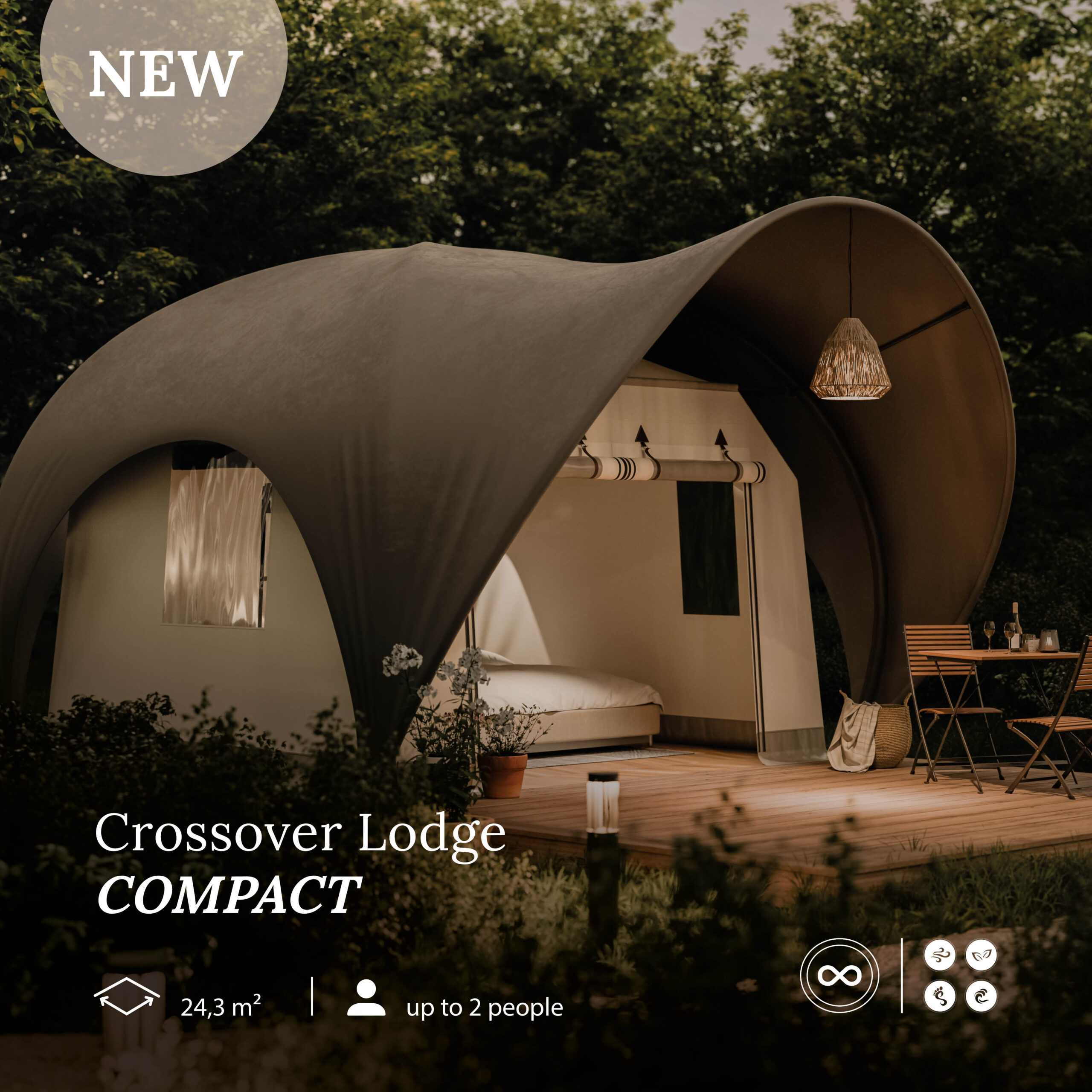When it comes to outdoor adventures, there are two popular choices that cater to different tastes: glamping and camping. While both involve spending time in nature, they offer distinct experiences and amenities.
In this blog post, we will delve into the world of glamping versus camping, highlighting their differences, benefits, and unique features. So, whether you’re a camper seeking simplicity or a glamper yearning for luxurious comfort, read on to discover if you are a camper or glamper.
What is camping?
Camping, the classic outdoor pursuit, is all about immersing oneself in nature and embracing simplicity. Camping enthusiasts opt for a back-to-basics approach, pitching tents, and living close to nature. It offers an escape from the hectic pace of everyday life, allowing individuals to connect with the great outdoors and enjoy a sense of self-reliance.
Traditional camping allows you to fully embrace the wilderness, cooking over an open fire, sleeping in a tent, and enjoying the simplicity of nature. It’s an opportunity to disconnect from technology and reconnect with the natural world. Camping trips often involve hiking, fishing, stargazing, and roasting marshmallows around a campfire.
Qu'est-ce que le glamping ?
On the other end of the spectrum, we introduce glamping. A delightful fusion of ‘glamour’ and ‘camping.’ Glamping transcends the traditional camping experience by infusing it with luxury and comfort, offering a unique way to immerse oneself in the beauty of nature without compromising modern conveniences. Glamping sites feature fully furnished accommodations, ranging from stylish glamping tents and cozy yurts to elevated treehouses and eco-friendly domes.
Discover the allure of a glamping tent, a luxury camping tent, which surpasses the ordinary with its cozy and stylish retreat. Often equipped with plush beds, electricity, private bathrooms, and perhaps even indulgent amenities like hot tubs or private decks, glamping tents redefine outdoor accommodations. Daytime adventures in nature seamlessly transition into evenings of relaxation in a comfortable and well-appointed space. It’s the ideal choice for those who seek the wonders of the great outdoors while indulging in a refined and luxurious setting.

What is the difference between camping and glamping?
Traditional Camping
Camping is the classic outdoor activity that involves pitching a tent in the wilderness, cooking over a campfire, and often making do with basic facilities. It’s about embracing the simplicity of nature and experiencing the raw beauty of the outdoors. Here are some key characteristics of traditional camping:
- Minimalistic accommodations: Campers typically stay in basic tents that offer shelter but few comforts. Sleeping bags, inflatable mattresses, and minimal furniture are common.
- Self-Sufficiency: Campers often bring their own food, water, and camping gear. Cooking is usually done over a portable stove or open fire.
- Roughing It: Part of the appeal of camping is the challenge of living without modern conveniences. This might mean using a communal bathroom, if one is available, or even digging a hole for a toilet.
- Affordability: Camping is generally more affordable than glamping, as it involves fewer amenities and luxuries.
Glamping
Glamping, short for “glamorous camping,” combines the adventure of camping with the luxury of a hotel stay. It’s designed for those who want to enjoy the beauty of nature without sacrificing comfort. Here are the defining features of glamping:
- Luxurious Accommodations: Glamping sites offer upscale tents or cabins with real beds, high-quality linens, and often en-suite bathrooms. These tents can be spacious and beautifully decorated.
- Amenities and Services: Glampers enjoy amenities such as electricity, running water, climate control, and sometimes even Wi-Fi. Many glamping sites provide gourmet meals, housekeeping, and other hotel-like services.
- Comfort and Convenience: Glamping removes the “roughing it” aspect of traditional camping. You can expect comfortable furniture, stylish décor, and plenty of space to relax.
- Higher Cost: Due to the added luxuries and services, glamping is typically more expensive than traditional campinga
What is the difference between camping tents and glamping tents?
The tents used in camping and glamping further highlight the differences between these two outdoor experiences.
Camping tent:
- Size and Space: Camping tents are usually compact and designed to be lightweight and portable. They provide just enough space for sleeping and storing minimal gear.
- Material and Construction: These tents are made from durable, weather-resistant materials like nylon or polyester. They prioritize function over form.
- Set-Up: Setting up a camping tent can be a hands-on activity, often requiring poles, stakes, and some manual effort.
- Intérieur: The interior of a camping tent is barebones, typically consisting of a groundsheet and space for sleeping bags.
Glamping tent:
- Size and Space: Glamping tents are significantly larger, providing ample space for standing, moving around, and even hosting multiple pieces of furniture.
- Material and Construction: Glamping tents are made from high-quality materials such as canvas and are designed to be both sturdy and aesthetically pleasing. They often resemble safari tents, yurts, or even tiny cabins.
- Set-Up: Many glamping tents are pre-set by the site owners, so guests can simply arrive and start enjoying their stay without any hassle.
- Intérieur: The interior of a glamping tent is well-furnished, often including real beds, nightstands, seating areas, and decorative touches. Some even feature bathrooms and kitchens.




